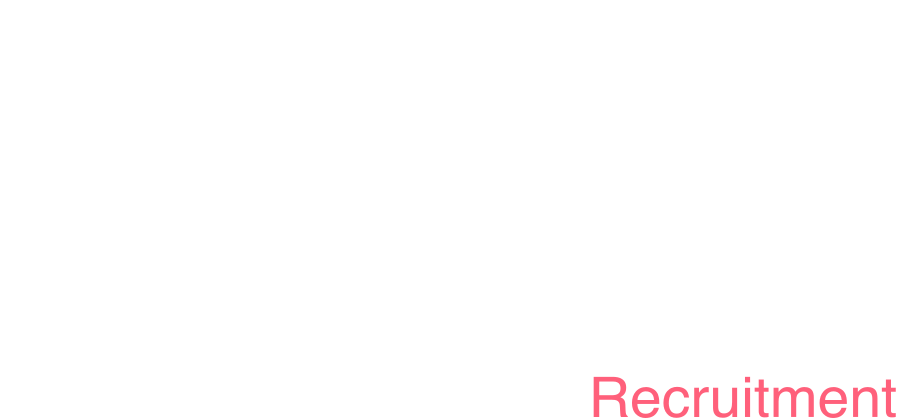Navigating Tech Stack Expectations: What Software Engineers Really Want From Your Job Ad
01 Sept, 20255 minutesNavigating Tech Stack Expectations: What Software Engineers Really Want From Your Job AdIf y...

Navigating Tech Stack Expectations: What Software Engineers Really Want From Your Job Ad
If you’re leading software engineer recruitment, you’ve probably noticed the challenge of balancing legacy systems with modern technology. Many companies rely on React for their frontend, but still maintain parts running on jQuery, or have mostly modern cloud infrastructure, except for that one stubborn monolith.
Yet, candidates today are looking for clean CI/CD pipelines, greenfield projects, and cutting-edge tools. They want to work in environments where engineering decisions are thoughtful, innovation is encouraged, and technical debt is actively managed. How can you bridge the gap and attract the engineers your company needs?
In this guide, we’ll explore how your tech stack impacts software engineer recruitment, what top candidates really want, and how MRJ helps tech companies attract engineers, even if your stack isn’t “perfect.”
Discover how our software engineer recruitment services can support your hiring strategy.
Why Your Tech Stack Matters for Software Engineer Recruitment
Previously, details about a company’s tech stack were often secondary culture, pay, or brand reputation were the main draws for candidates. Today, top engineers evaluate the modernity, quality, and ownership opportunities your stack offers before even applying.
Candidates are discerning. They want to understand not just the tools they’ll use, but how those tools reflect your engineering philosophy. A vague phrases like “JavaScript experience required” no longer suffice beyond the initial touch points. Instead, engineers want specifics: which frameworks are in use, how they are applied, and what innovations are planned for the future.
Key candidate concerns include:
- Modernity: Is your stack current, actively evolving, and adopting modern practices like serverless architecture or container orchestration?
- Quality: Are tools thoughtfully chosen, well-integrated, and reliable—or just trend-following?
- Ownership: Will engineers have input on tech decisions and influence on the architecture?
- Legacy: How much technical debt will they inherit, and is there a clear plan for mitigation?
For a deeper dive into creating an effective tech hiring strategy, see our previous MRJ guide on tech recruitment.
What MRJ Sees in the Field
At MRJ, we’ve placed hundreds of engineers into high-growth roles across sectors including HealthTech, SaaS, and CloudOps. We consistently hear the same themes when talking with candidates:
1. Engineers Aren’t Afraid of Legacy - If There’s a Plan
Candidates understand that not every company can be fully greenfield. What matters is transparency and a clear roadmap.
✅ Good Example: “We’re transitioning our PHP monolith to microservices using Node.js and AWS Lambda, with plans to phase out the legacy system within 12 months.”
❌ Bad Example: “Legacy code base with opportunities to modernise.” (Too vague; leaves candidates guessing)
Engineers are motivated by challenges, but they need to see a strategy, not just a problem. Highlighting technical debt reduction plans, modernization efforts, or refactoring initiatives can make a role much more appealing.
2. Tools Alone Don’t Attract Engineers...Explain the Why
Top talent wants to understand the rationale behind your technology choices. Why Kubernetes? Why Kafka over RabbitMQ? Sharing the reasoning behind decisions signals thoughtfulness, not trend-chasing, and shows candidates they’ll join a team that values engineering judgement.
3. Learning & Upskilling Are Critical
Top candidates are growth-oriented. Opportunities to explore new frameworks, receive mentorship, attend workshops, or have dedicated learning time are highly attractive. From our own research, companies that actively support continuous learning often see higher retention and stronger engagement in engineering teams.
How to Talk About Your Tech Stack in Recruitment
Even if your stack isn’t “bleeding-edge,” the way you communicate it matters. Candidates are evaluating your company’s engineering culture as much as your codebase.
Strategies for presenting your stack effectively:
- Be Transparent: Share legacy challenges openly. Engineers respect honesty, self-awareness, and a willingness to address technical debt.
- Focus on the Future: Highlight upcoming migrations, AI tooling trials, or serverless adoption initiatives. Showing a forward-looking approach signals ambition and stability.
- Share Your Approach: Explain how new tech decisions are made—are engineers empowered to propose and implement changes, or are choices strictly manager-driven? Autonomy is a major factor for candidates evaluating job satisfaction.
Learn more about building effective tech hiring strategies that attract top talent.
Common Questions Top Candidates Ask
In 2025, software engineers reviewing job specifications are asking critical questions to evaluate potential roles:
- “How modern is the stack?”
- “Is the team agile or waterfall?”
- “Do I have a say in tech decisions?”
- “How much technical debt exists?”
- “Is this a product-first or delivery-first company?”
Answering these clearly reduces candidate drop-off, improves interview quality, and ensures candidates are aligned with your company’s vision.
Real-World MRJ Examples
- 🚀 HealthTech: Migrated from .NET Framework to .NET 8 + React, positioning the company as product-led. Applications doubled overnight, attracting engineers who value tangible impact.
- 🎮 Entertainment SaaS: Discussed tech debt openly, attracting senior engineers eager to rebuild foundations, showing that transparency in challenges can be a recruitment asset.
- ☁️ CloudOps: Offered learning stipends and engineer-led architecture reviews, appealing to mid-level developers looking to grow into leadership positions.
These examples demonstrate how clear communication about your tech stack can turn potential drawbacks into compelling reasons for candidates to join.
Tips for Hiring Managers
✅ Review job descriptions and ensure you're ready to discuss the finer details once interest has been attained.
✅ Include bullets on:
- Current stack and tools
- Planned upgrades or migrations
- Engineering culture and autonomy
- Code ownership and decision-making influence
✅ Encourage engineers to share work publicly on careers sites or LinkedIn.
✅ Be open during interviews, a little vulnerability goes a long way in building trust.
Need guidance? Contact MRJ for personalised advice on attracting top engineers.
FAQs
What if our tech stack isn’t modern?
Show your plan. Many engineers enjoy roles that involve transformation challenges, as long as there is a clear roadmap.
Should we list every tool?
Focus on the core technologies and tools candidates will use daily. Highlighting the ones that define your engineering approach is more impactful than a long, generic list.
How much detail is needed?
More than you think. Engineers want specifics, frameworks, languages, cloud platforms, deployment tools, and CI/CD processes. The clarity demonstrates maturity and vision in your engineering function.
Final Thoughts: Software Engineer Recruitment Isn’t Just Code
In 2025, your tech stack is more than a collection of tools, it’s a story about culture, ambition, and your engineering team. Top engineers are discerning: honesty, vision, and investment in learning outweigh the flashiest tech.
At MRJ, we help tech companies attract engineers who don’t just code - they build, innovate, and lead.
🚀 Explore MRJ software recruitment services or contact our team to refine your software engineer recruitment strategy today.



